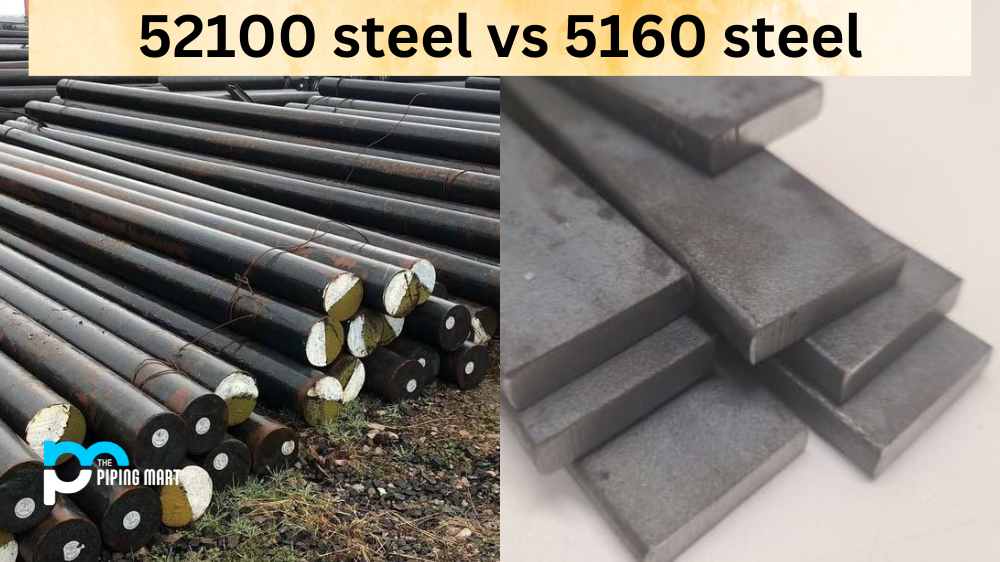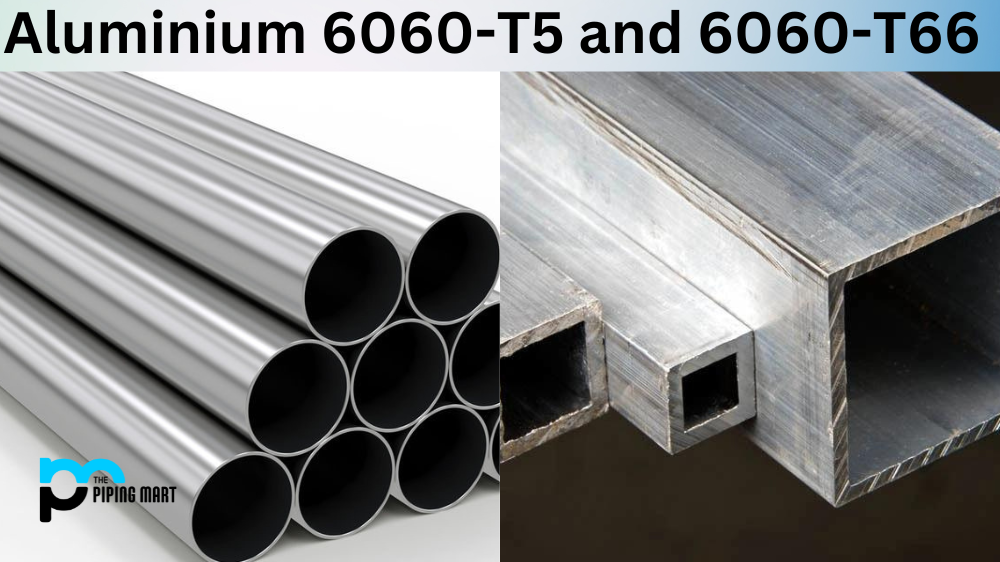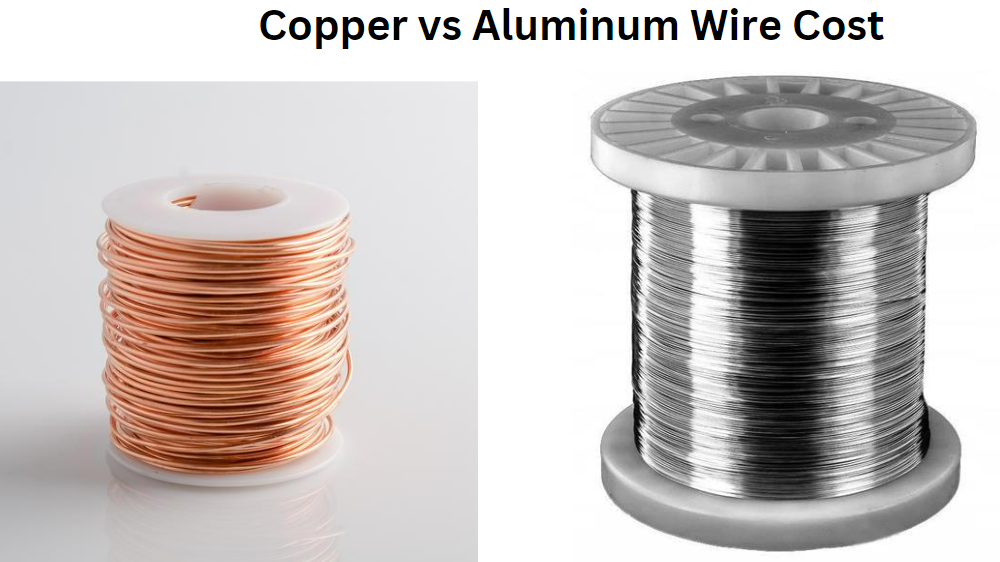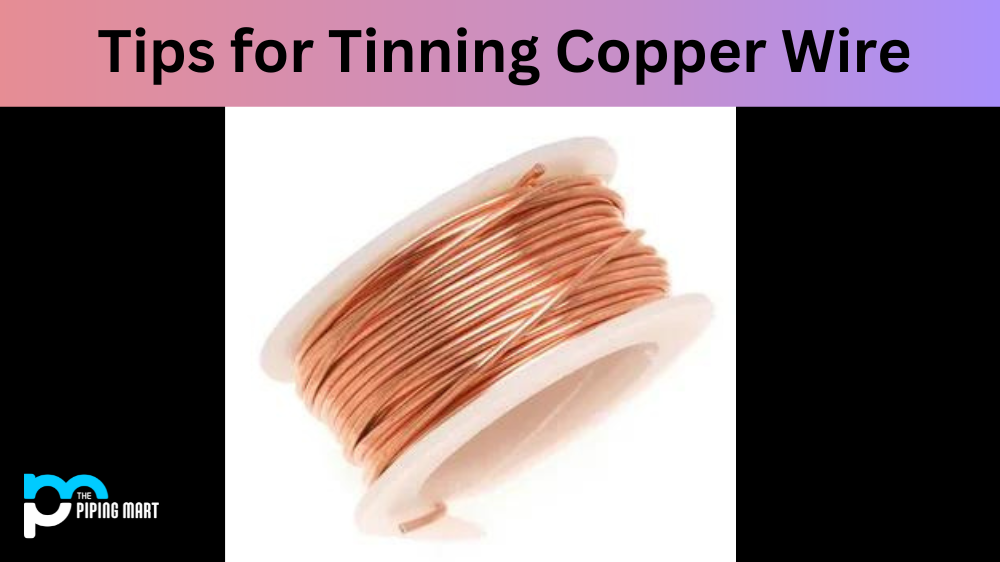Steel is one of the most commonly used materials in various industries, from construction to manufacturing. The type of steel used in specific applications depends on the desired properties and the project’s requirements. Two popular and high-quality steel types are 52100 and 5160, but what are the differences? In this blog post, we will delve into the various features of these steel types, their applications, and their comparative advantages and disadvantages.
What is 52100 Steel?
52100 steel is composed of carbon and chromium, which makes it highly durable, hard, and resistant to wear. It is commonly used to produce high-precision bearings, surgical instruments, and cutting, grinding tools. 52100 steel has exceptional toughness and tensile strength, which makes it ideal for applications that require excellent resistance to shock and fatigue. Moreover, it has high machinability and can be easily hardened, which makes it perfect for creating complex shapes and designs.
What is 5160 Steel?
On the other hand, 5160 steel is a high-carbon and low-alloy spring steel known for its flexibility and resilience. It is commonly used to manufacture springs, knives, and other tools, especially those that require bending or twisting. 5160 steel has excellent shock resistance, which makes it ideal for withstanding severe stress and strain. Moreover, it has excellent durability and edge retention, which makes it perfect for cutting and chopping tasks.
Difference Between 52100 Steel and 5160 Steel
Regarding hardness, 52100 steel has a hardness of 60-67 HRC (Rockwell Hardness Scale), while 5160 has a hardness of 58-64 HRC. This means that 52100 steel is slightly harder than 5160 but less flexible. Moreover, 52100 steel has better wear resistance and fatigue strength than 5160 steel, making it more suitable for high-pressure and high-stress applications. However, 5160 steel is cheaper than 52100 steel and is readily available in the market, making it more accessible for small-scale production.
Regarding machinability, 52100 steel is harder to machine than 5160 steel, especially when heat-treated. Machining 52100 steel requires specialized tools and equipment and may take longer to produce complex shapes and designs. On the other hand, 5160 steel is easier to machine and heat-treat, making it more suitable for rapid prototyping and mass production.
Composition
The main difference between 52100 steel and 5160 steel is their composition. 52100 steel contains a higher carbon content than 5160 steel, which gives it greater strength and hardness. However, this also makes 52100 steel more susceptible to corrosion than 5160 steel.
Uses
Due to their different compositions, 52100 steel and 5160 steel have different uses. 52100 steel is typically used for bearings and other applications where high hardness and wear resistance are required. 5160 steel is often used for springs and other applications where flexibility and toughness are required
Conclusion
Both 52100 steel and 5160 steel are high-quality and versatile materials widely used in various industries. 52100 steel is harder, more durable, and more wear-resistant than 5160 steel, making it ideal for high-pressure and high-stress applications. On the other hand, 5160 steel is more flexible and easier to machine and heat-treat, making it more suitable for rapid prototyping and small-scale production. The choice between these two steel types depends on the specific requirements of the project and the desired properties needed for the final product. By understanding their differences, you can make an informed decision and choose the right steel for your application.

A passionate metal industry expert and blogger. With over 5 years of experience in the field, Palak brings a wealth of knowledge and insight to her writing. Whether discussing the latest trends in the metal industry or sharing tips, she is dedicated to helping others succeed in the metal industry.




